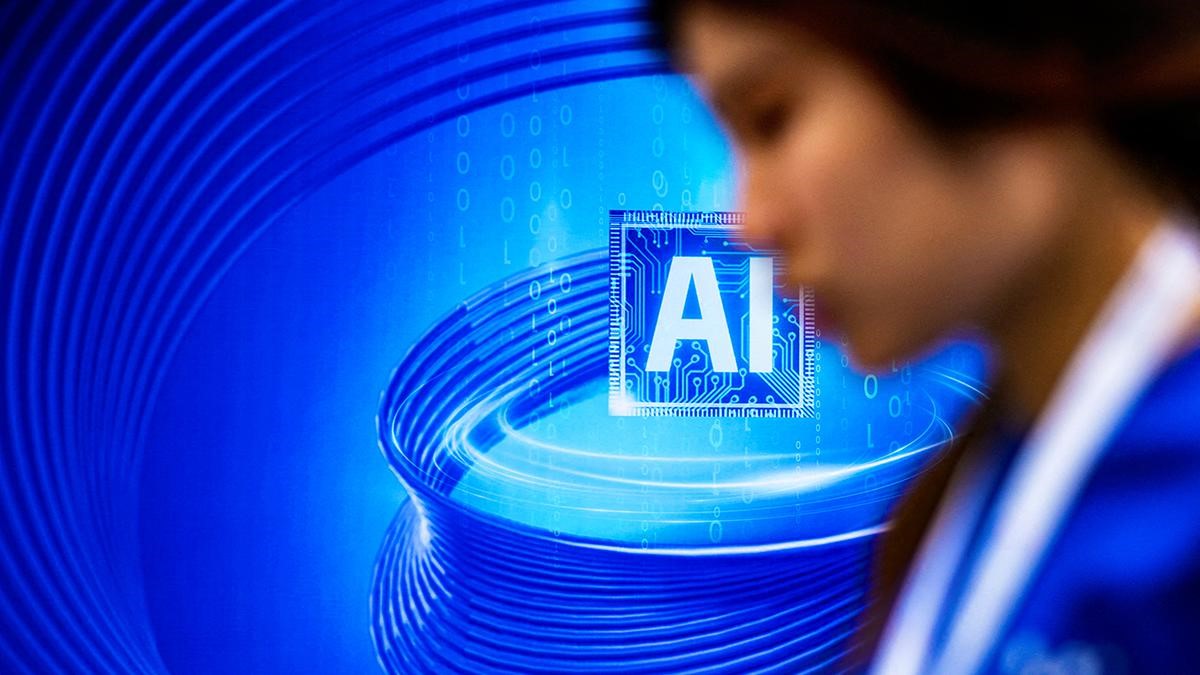Free Courses Sale ends Soon, Get It Now


Free Courses Sale ends Soon, Get It Now



Disclaimer: Copyright infringement not intended.
Context
Details
Background
Difference Between GPUs and CPUs
Traditional GPU Flavours
What’s next for GPUs?
What is a GPU?
Architecture and Components:
GPU Programming Models:
Applications of GPUs:
Recent Advancements:
Challenges and Future Trends:
|
PRACTICE QUESTION Q.Graphics Processing Units have undergone a remarkable evolution from specialized graphics accelerators to versatile processors powering a wide range of applications across industries. Discuss. (250 Words) |
© 2024 iasgyan. All right reserved